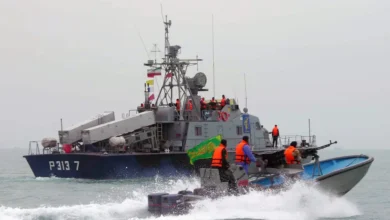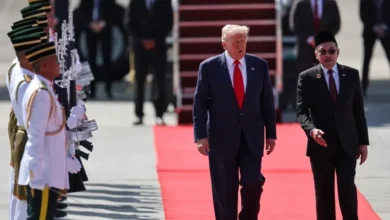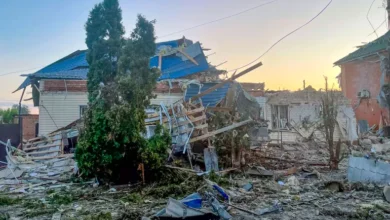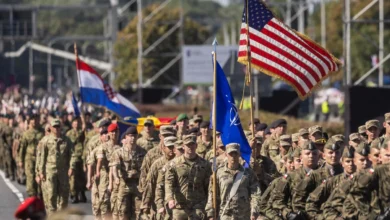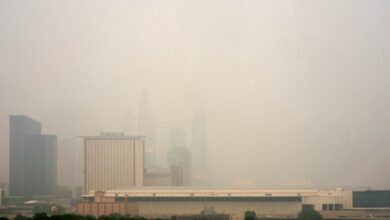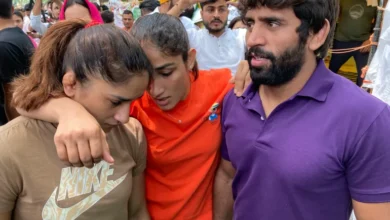After Israel PM’s trip to occupied Syria, is a deal off the table?

Israeli Prime Minister Benjamin Netanyahu’s appearance with Israel’s troops in illegally occupied territory in southern Syria has angered Damascus, and raised further doubts over whether a security deal between the two countries can be agreed.
Netanyahu’s Wednesday visit – accompanied by several of his senior officials – signals that he is not planning to shift from his hardline position on Syria, despite encouragement from the United States.
Israeli Prime Minister Benjamin Netanyahu’s appearance with Israel’s troops in illegally occupied territory in southern Syria has angered Damascus, and raised further doubts over whether a security deal between the two countries can be agreed.
Netanyahu’s Wednesday visit – accompanied by several of his senior officials – signals that he is not planning to shift from his hardline position on Syria, despite encouragement from the United States.
What is Israel doing in Syria?
When Israel’s tanks first entered Syria in December 2024, it expanded its territorial footprint within Syria by around 400 square kilometres (155 sq miles), including Mount Hermon, which offers a vantage point over southern Syria and northern Israel.
Netanyahu described the incursion as a “temporary defensive position”. However, as time has worn on, both Israel’s position on the Golan Heights and its rhetoric have grown more entrenched, with Defence Minister Israel Katz saying in March that Israel would continue its occupation of parts of Syria for an “unlimited amount of time”.
Israel has also chosen to position itself as the defender of the Druze and Kurdish ethnic minorities against a government it has attempted to paint as “extremist”.
Play Video
2:36
Why did talks break down?
Neither government has issued a statement on why the talks have stalled.
However, citing anonymous government sources, Israel’s public broadcaster, Kan, has claimed that talks broke down after Israel refused to withdraw its troops from Syrian territory without what it called a “comprehensive peace agreement”.
Details of what Israel might mean by a “comprehensive peace agreement” aren’t clear.
In September, leaked reports suggested that, as part of any peace agreement, Israel was demanding that Syria establish a demilitarised zone southwest of Damascus all the way up to the border with Israel. This would encompass a vast territory, including the governorates of Suwayda, Deraa, and Quneitra.
In return, Israel would gradually withdraw its forces from Syrian territory, apart from those on the summit of Mount Hermon.
But since then, it appears that Israel has hardened its stance, and reports in Israeli media indicate that the government’s position is that it will not withdraw from territory seized since December without a full peace deal with Syria – which is not on the table.
The news agency Reuters also reported that, at the last minute, Israel requested what negotiators termed a “humanitarian corridor”, allowing access between Israel and the heavily Druze populated southern governorate of Syria’s Suwayda.
According to one source, a central principle of the Israeli proposal was maintaining an aerial corridor to Iran via Syria, which would allow for future Israeli strikes on Iran.


